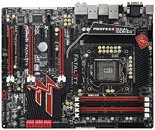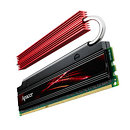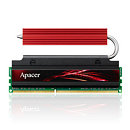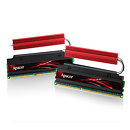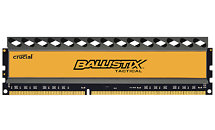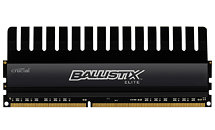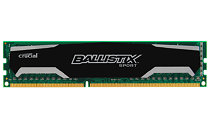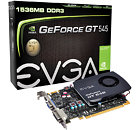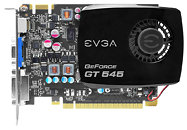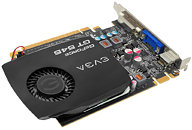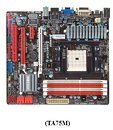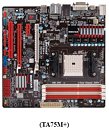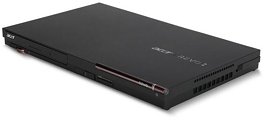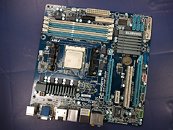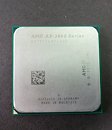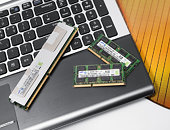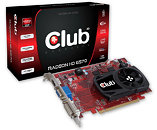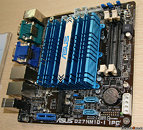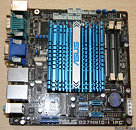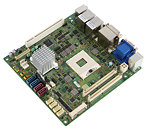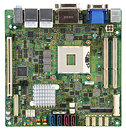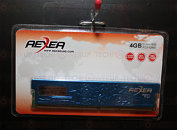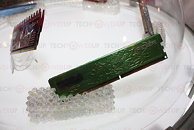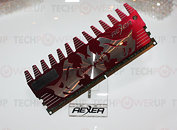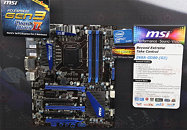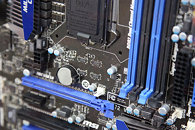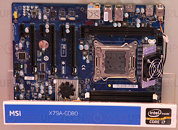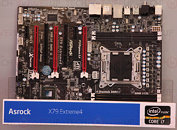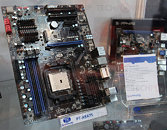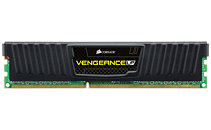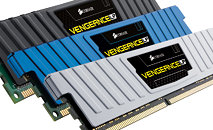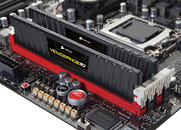After
Aexea, it's time to move onto another boutique memory module vendor, WinChip. This Taiwan-based PC memory vendor seems to focus on the form and design of the memory module (particularly the heatspreaders or heatsinks), so much so, that some of its modules even bear artistic true-color paintings. The first set of modules we came across used a unique kind of heatsinks. Among these, the first one reminded us of some of Mushkin's early heatspreader designs. The second one looks more unique, with a central portion of the heatsink protruding out. A heat pipe is running along the length of the module, evenly distributing heat. In another part of the exhibit, there's a module with a strange heatspreader design. The heatspreader increases module height by almost double, and has a few horizontal grooves to dissipate heat.
Moving on, there are a couple of normally-sized DDR2-800 and DDR3-1333 modules that bears branding of Avatar: The Game. Next up, are the modules attracting a lot of attention. These ones have heatspreaders with fancy true-color graphics, some are photographs, while the others are 3D art, mostly wild-animal themed, including the African Savannah, a gliding eagle, dolphins, toco toucans in a tropical jungle with banana trees, etc.,etc. The last set has heatspreaders with abstract writings in Asian scripts. Like Aexea, WinChip's modules are sold more on their product design. The modules themselves are mostly JEDEC-specced, with the exception of some heavier ones that run at PC3-12800 speeds.



